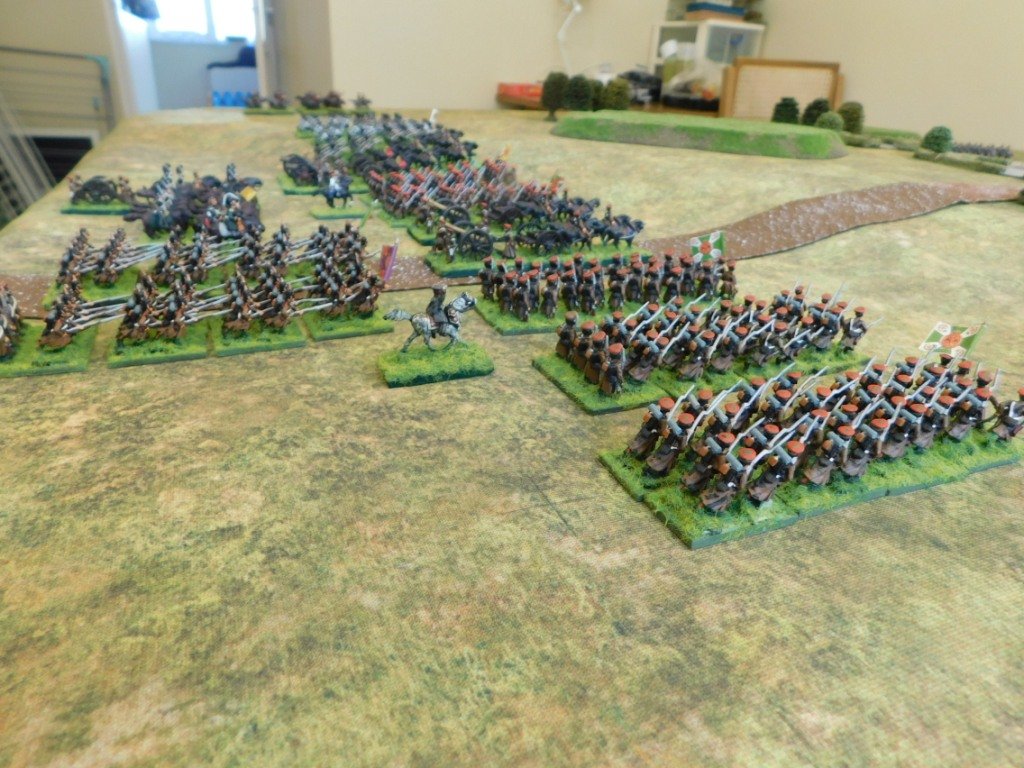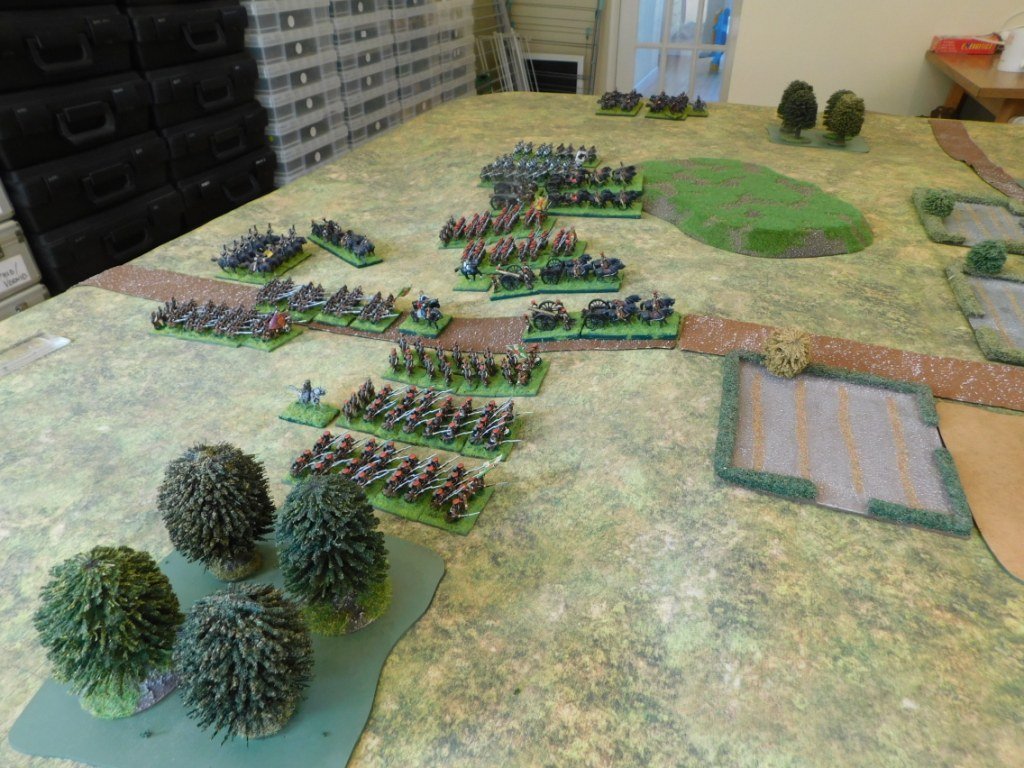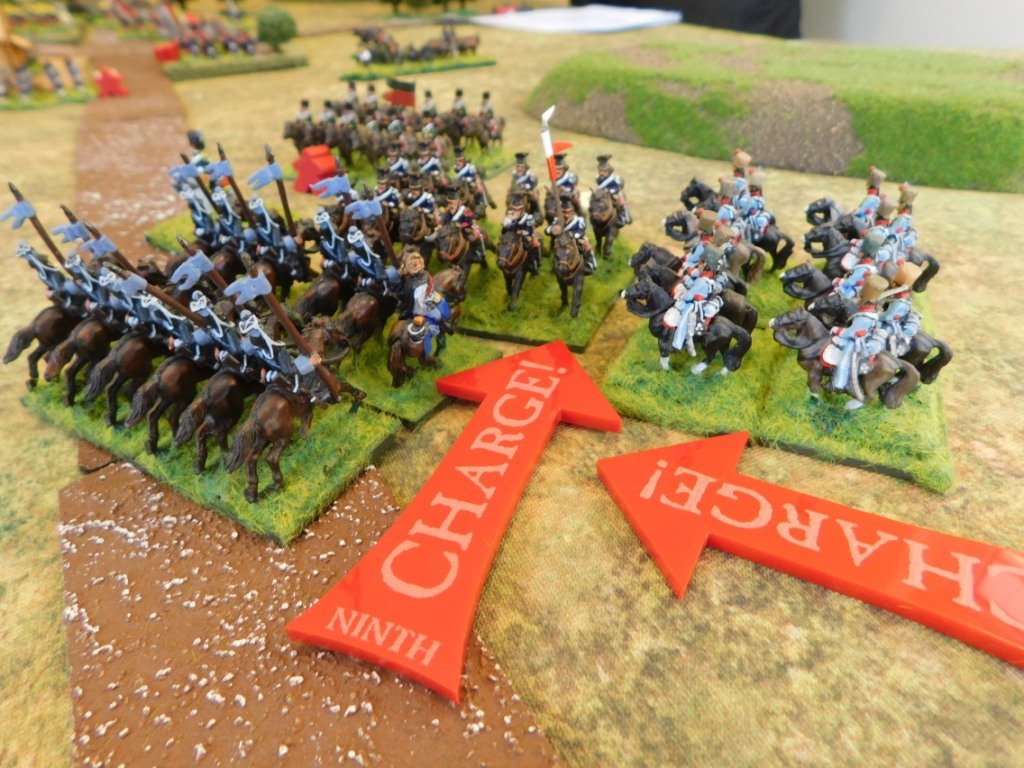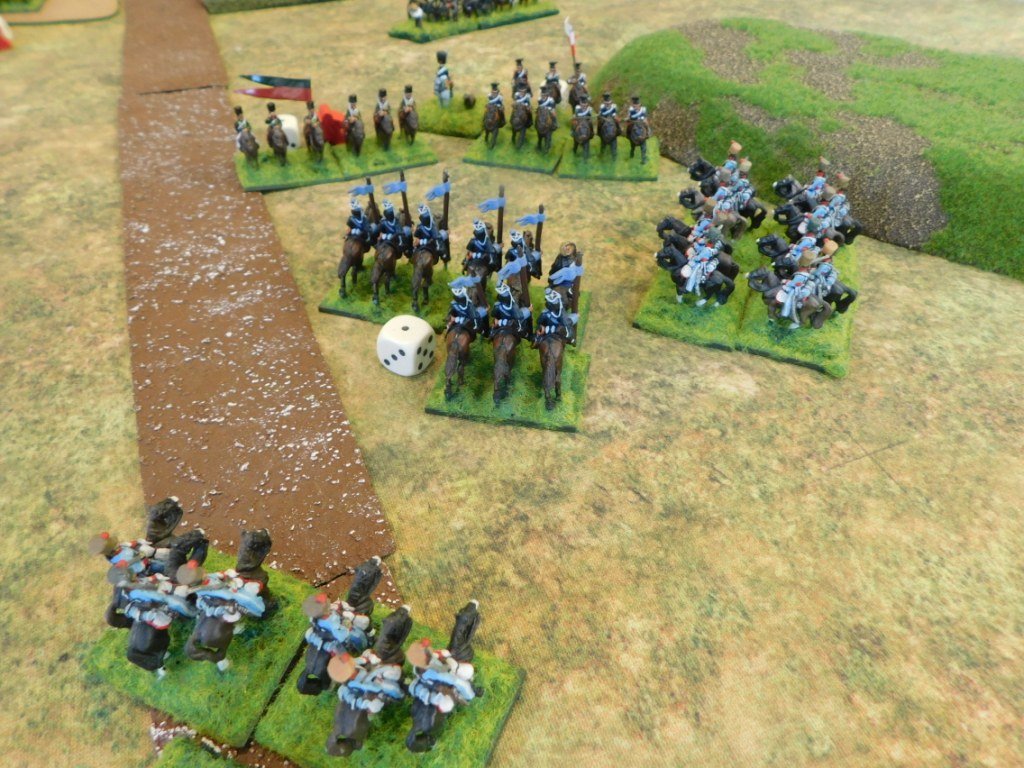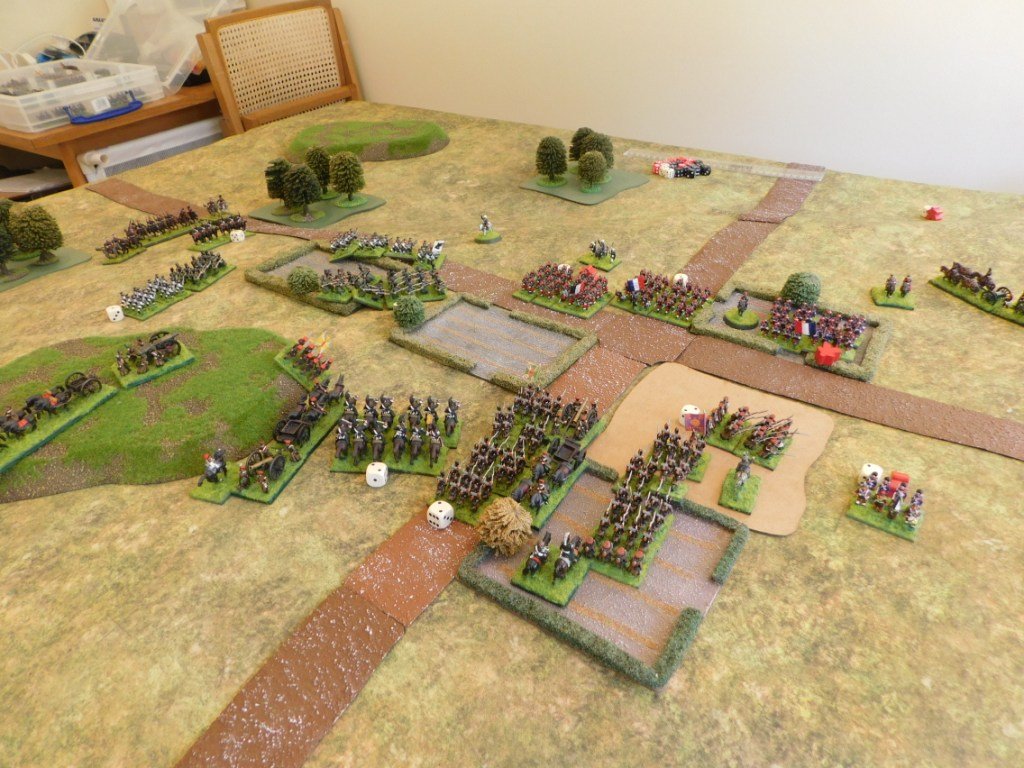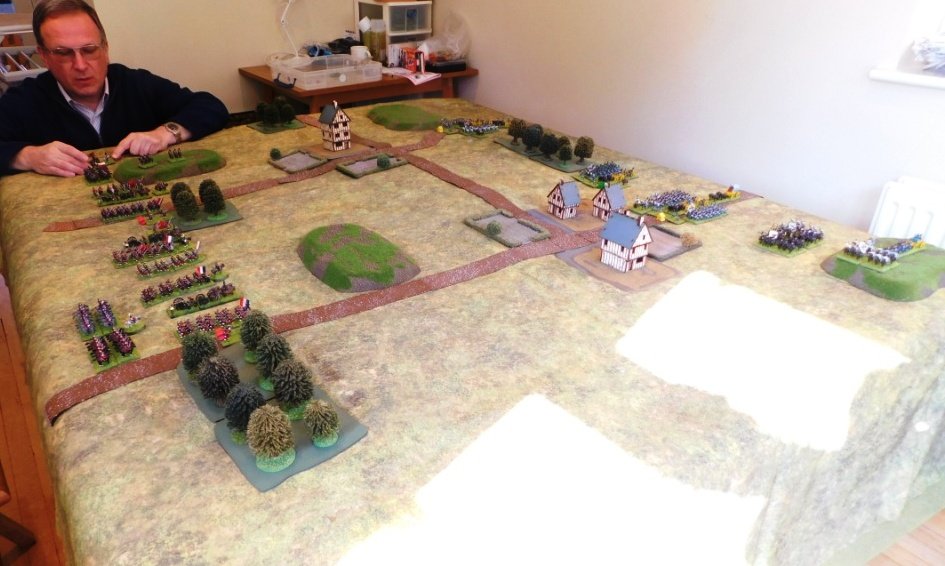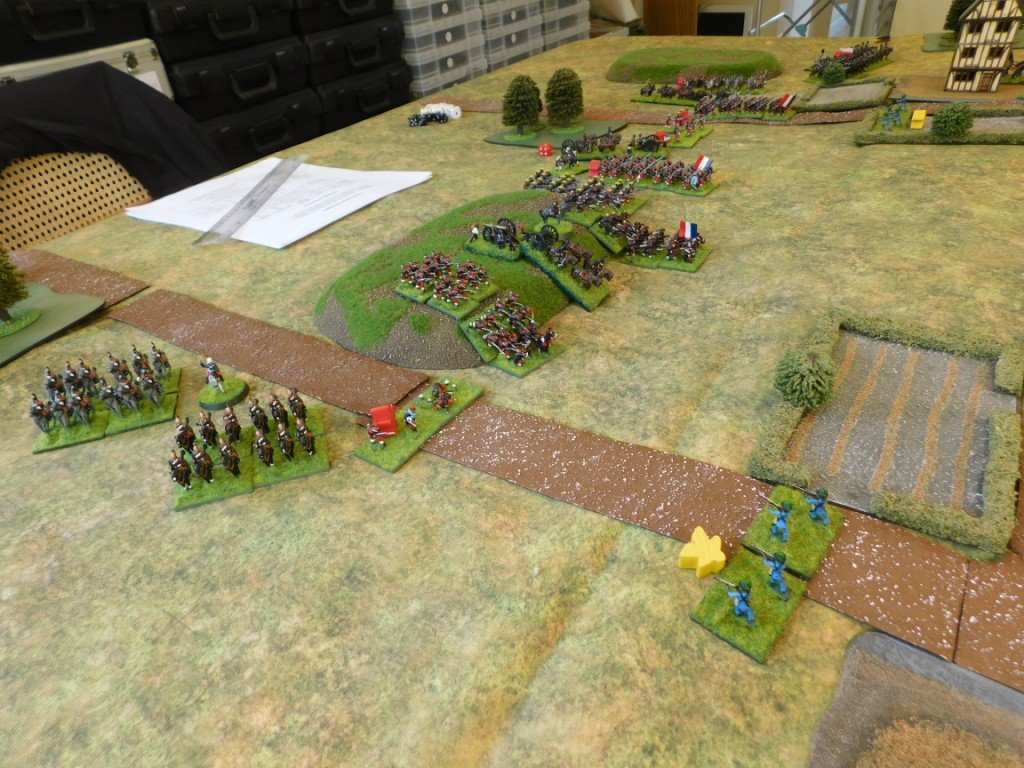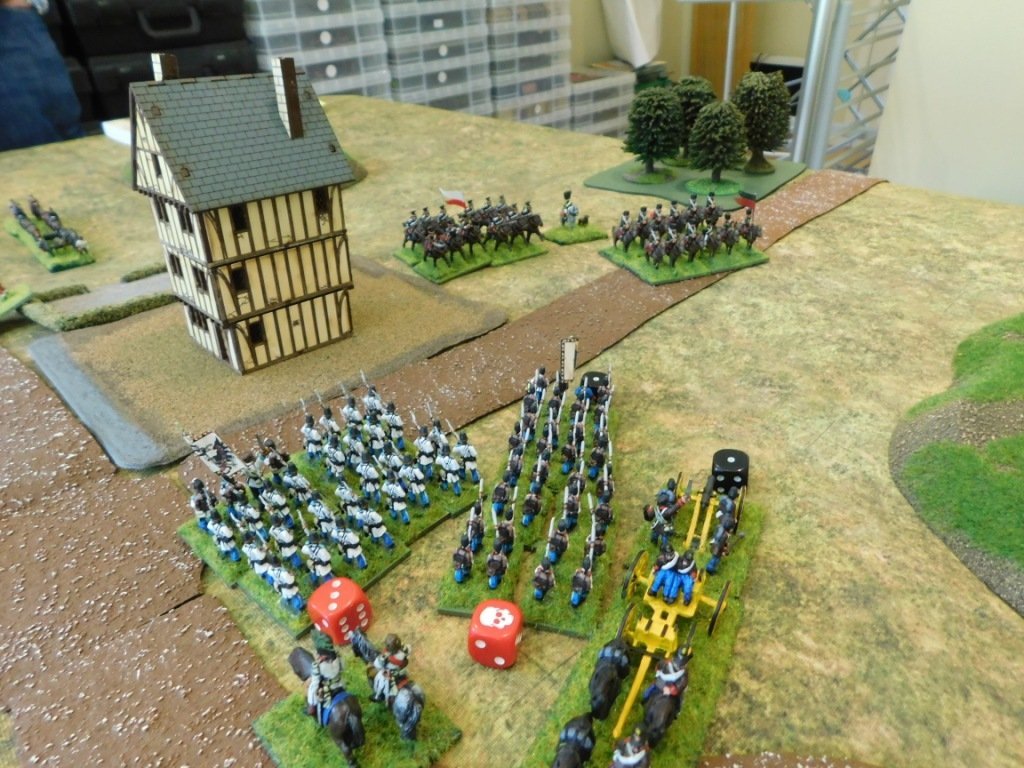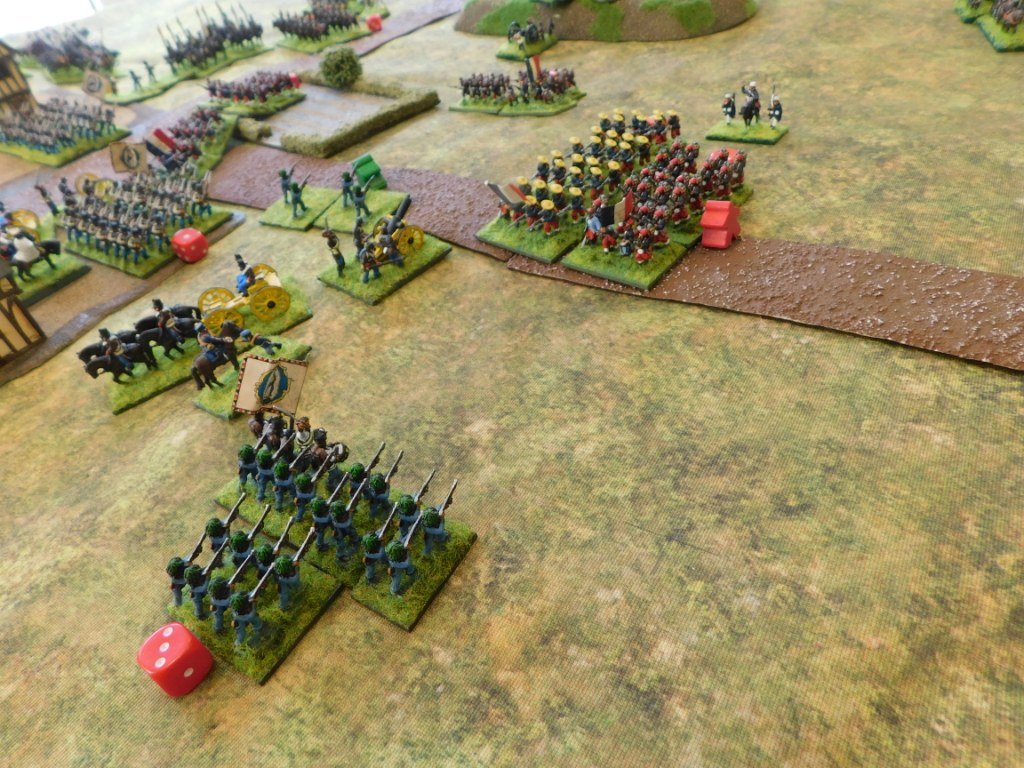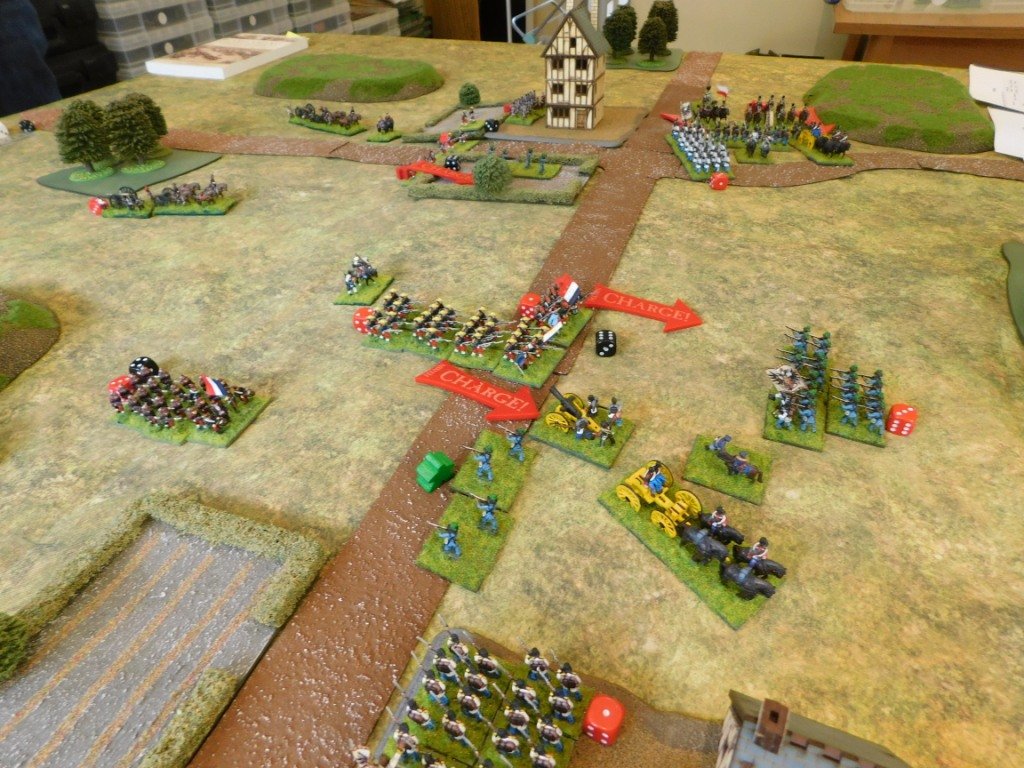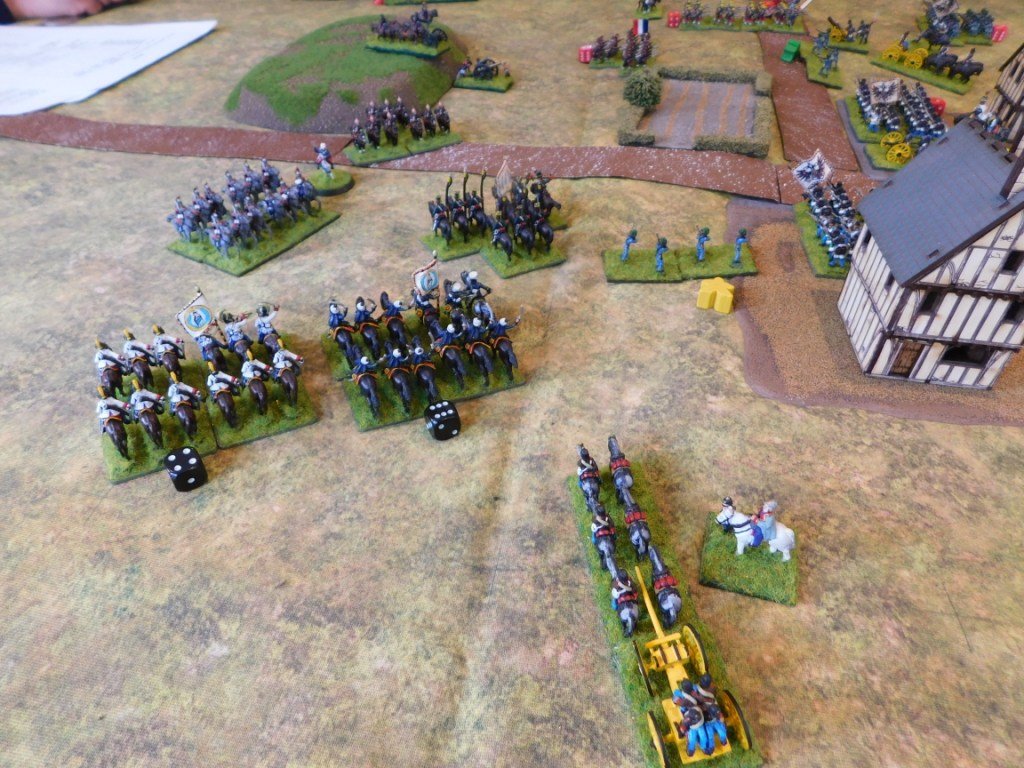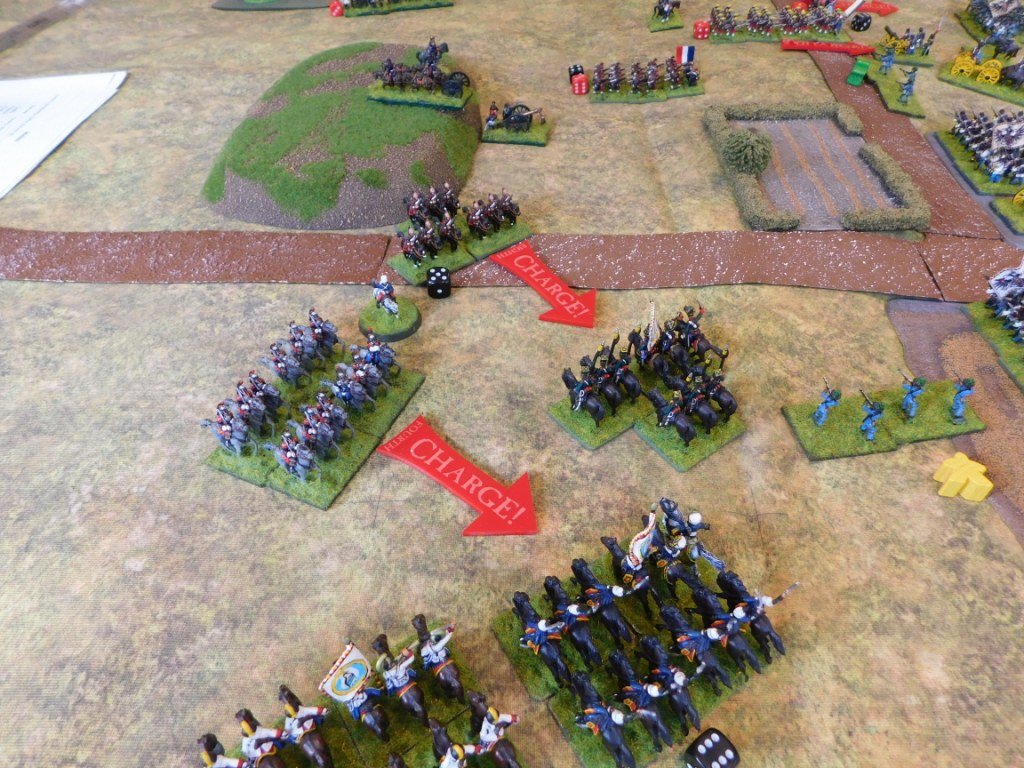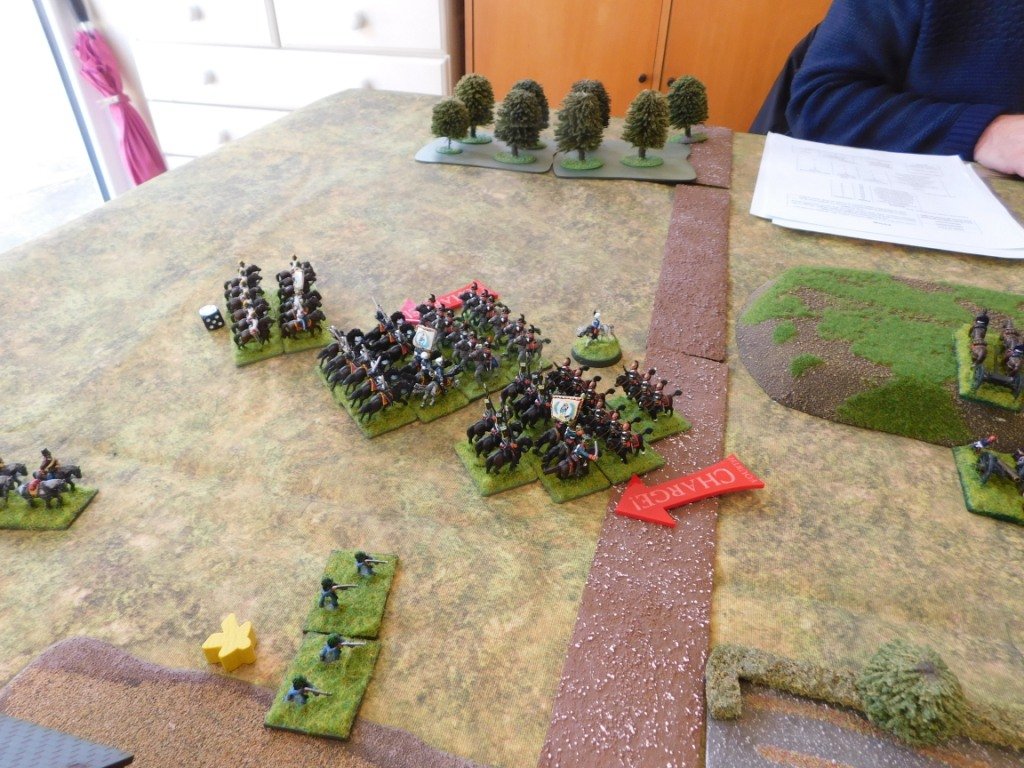19thC AAR: A Maximilian Adventure
/Friend Bevan and I finally got a chance to get a game in last week. As I was hosting, I gave Bevan the choice of what to play, and he suggested we break out Neil Thomas’ Rules for 19th Century Wargaming again.
That was good with me, so I put together a quick Maximillian Adventure battle: French versus Mexican Juarista, a theatre not specifically covered in the rules, but easy to create based on the stats for French armies from 1859 and 1870 and a bit of research to fill in the gaps and stat the Mexicans. For those interested:
The French
French Elite Troops (Foreign Legion, Zouaves): Elite, Later Breechloading Rifle, Loose Order
French Cosmopolitan Troops: Average, Rifled Musket, Loose Order
Most Cavalry: Average, except for the Chasseurs D’Afrique: Elite
Artillery: Bronze, Rifled
Infantry have Elan and Broken Terrain.
Average command levels.
Mexican Juarista
Mexican Elite Troops (Los Supremos Podres): Average, Rifled Muskets, Close Order
Mexican Regular Infantry: Levy, Rifled Muskets, Close Order
Guardia Nationale: Levy, Smoothbore Musket, Close Order
Cavalry: Average
Artillery: Smoothbore
Poor command levels
As you will see below, although I had the stats about right, I’m not sure I got the forces involved sufficiently balanced.
The Game
The scenario involved a French column moving along a road, with a Juarista force coming at them from one flank.
Seeing the hordes of Mexicans descending upon them, the French quickly snapped round and began moving towards them, with skirmishers from the FFL and the Zouaves rushing forward to bring the lead Juarista units under fire.
Seeing all these French columns heading up the hill towards them, the Juaristas changed formation into line: their plan being to weaken the columns with fire and then charge them with the regiment still in column.
Meanwhile the Mexican regular cavalry moved up on the left of their line, also ready to exploit any opportunities caused by the devastating fire that was doubtless soon to fall on the French line!
Unfortunately for the Juaristas, the French commander knew what he was doing and, knowing that his breechloaders gave his troops a considerable advantage in terms of both range, cover and firepower, decided to forego the usual tactics of elan and charge and challenged the Mexicans to a shooting match.
Talk about unfair tactics!
Faced with inevitable defeat in the firefight, the Mexicans attempted to switch back into column and take the fight to the French, but this just made the matter worse, as the French were now in a good position to do to the Mexicans what the Mexicans had intended to do to the French: blow the Juarista close order columns away before they even got into contact.
Someone in the French camp had obviously fought at Waterloo - just about possible!
The Mexican’s situation was not helped by some rather impressive French dice-rolling: nothing like walking through devastating fire to put a real dent in your dia!
The end of the battle was now fast approaching: we had been using a modified victory medals system for checking overall morale (i.e. each side had a certain number of victory medals representing about 30% of the bases under their command, with a victory medal surrendered for each base lost) and the Mexicans were down to their last few medals.
As a final throw of the dice (pun intended!) the Mexican cavalry charged their French counterparts and, much to everyone’s surprise, actually managed to beat them back.
But unfortunately it was too little too late, and another round of French fire saw the last of the Juarista medals evaporating away. With their tails firmly between their legs, the Mexicans withdrew, only the efforts of their cavalry preventing them being ridden down by the victorious French.






